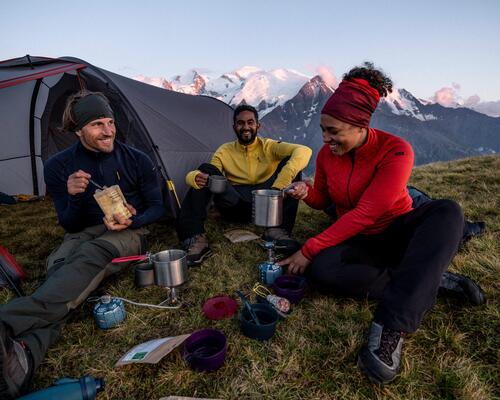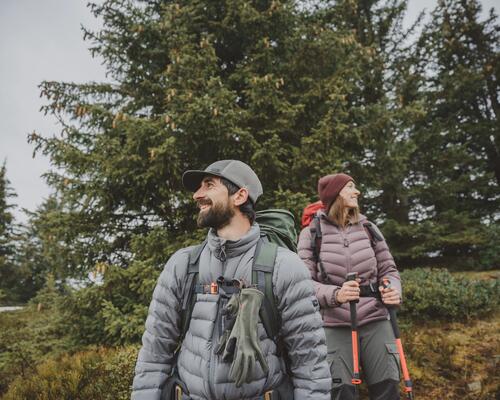When we hear about going out walking in nature for several days, we randomly think it’s a hike or a trek. But these terms don’t mean exactly the same thing! According to Le Robert (but use the dictionary of your choice), a trek means" hiking in mountainous regions that are difficult to access".
Here, we’re going to talk about hiking over a few days, not necessarily in mountainous regions, and not necessarily difficult to access. Because you don’t need to use technical prowess to reconnect with nature. And that’s also what makes "hiking" in its broadest sense accessible, which is particularly close to our hearts. Because, ultimately, whether you’re on the coast, in the forest, in the mid or high mountains, the most important thing isn’t necessarily to climb up and find the best view, but to come down and find yourself again.
And if you want to go to regions that are more difficult to access: you’ll be on your way to a mini-trek, as some like to call these 3-day circuits. In short, it's your "hike", so call it what you like (and put the hashtag you prefer on the networks: #Trek #LongDistanceHike #SameFeelingOfFreedom).
So, don't panic, you won't (necessarily) be doing a trek, but it’s a hike, that's for sure! Right away, that makes it less intimidating. But this doesn't mean that no preparation is required! Follow the guide, and we'll explain everything in the following paragraphs.









